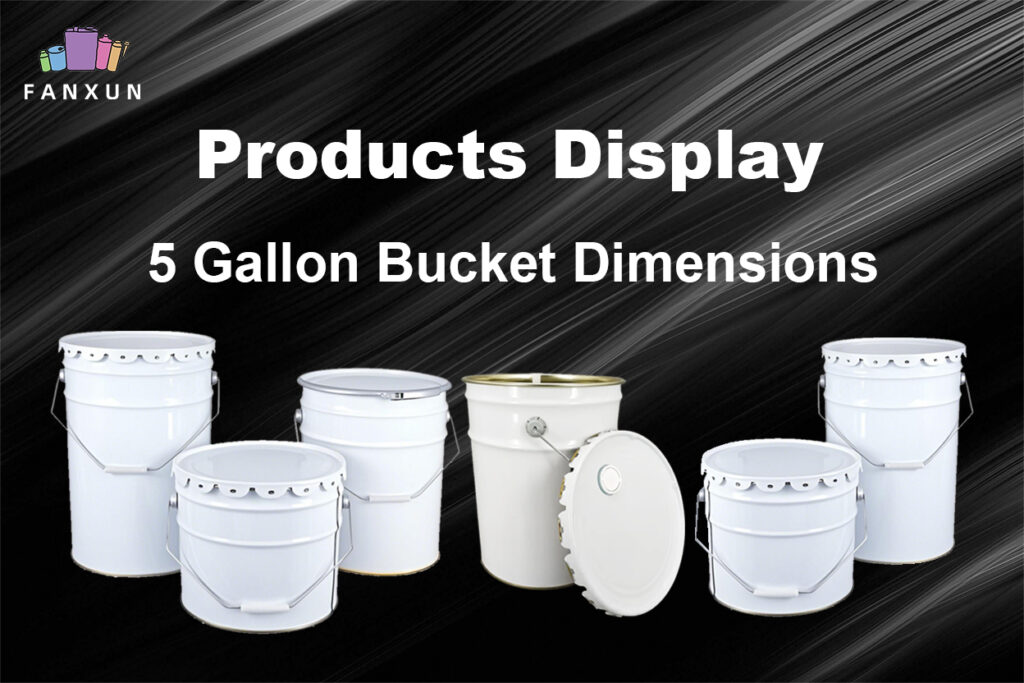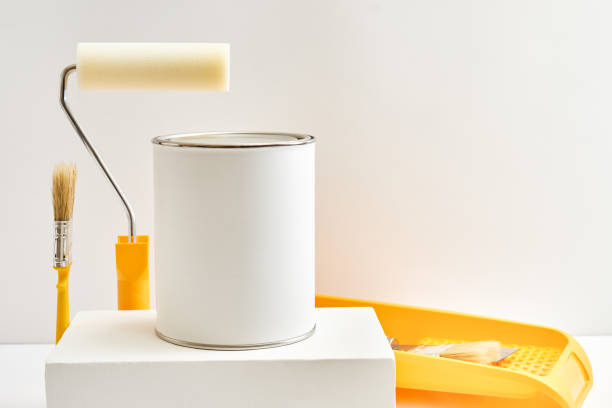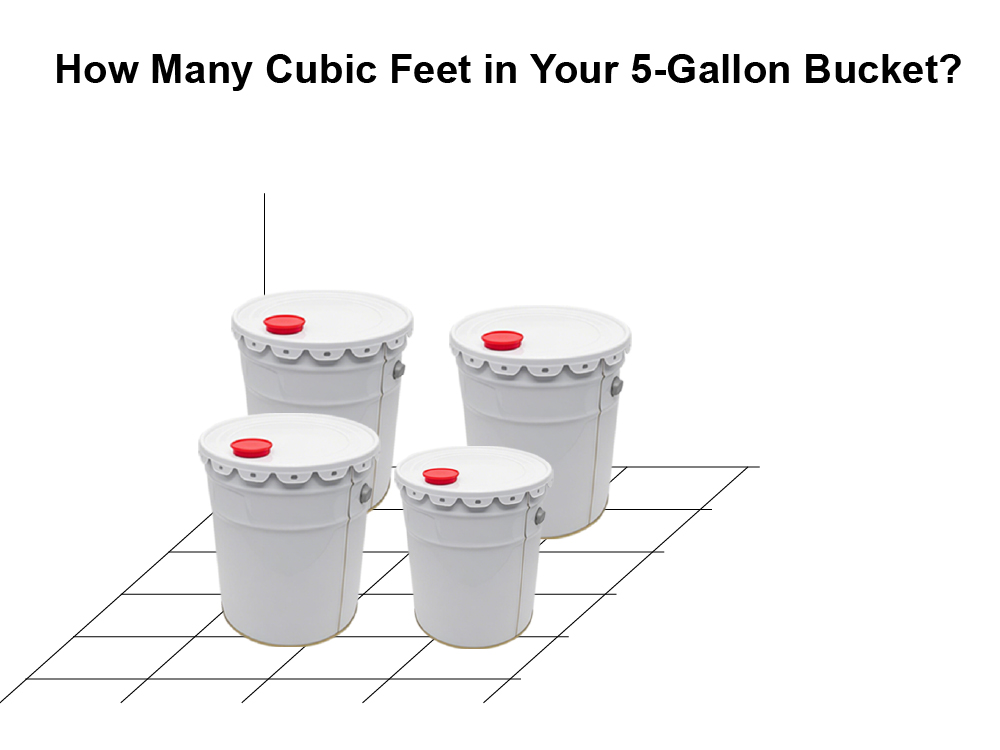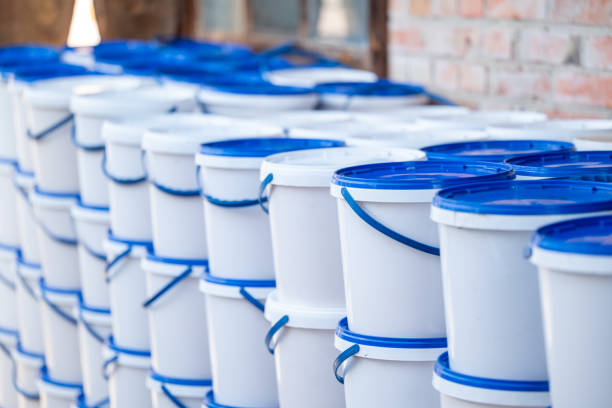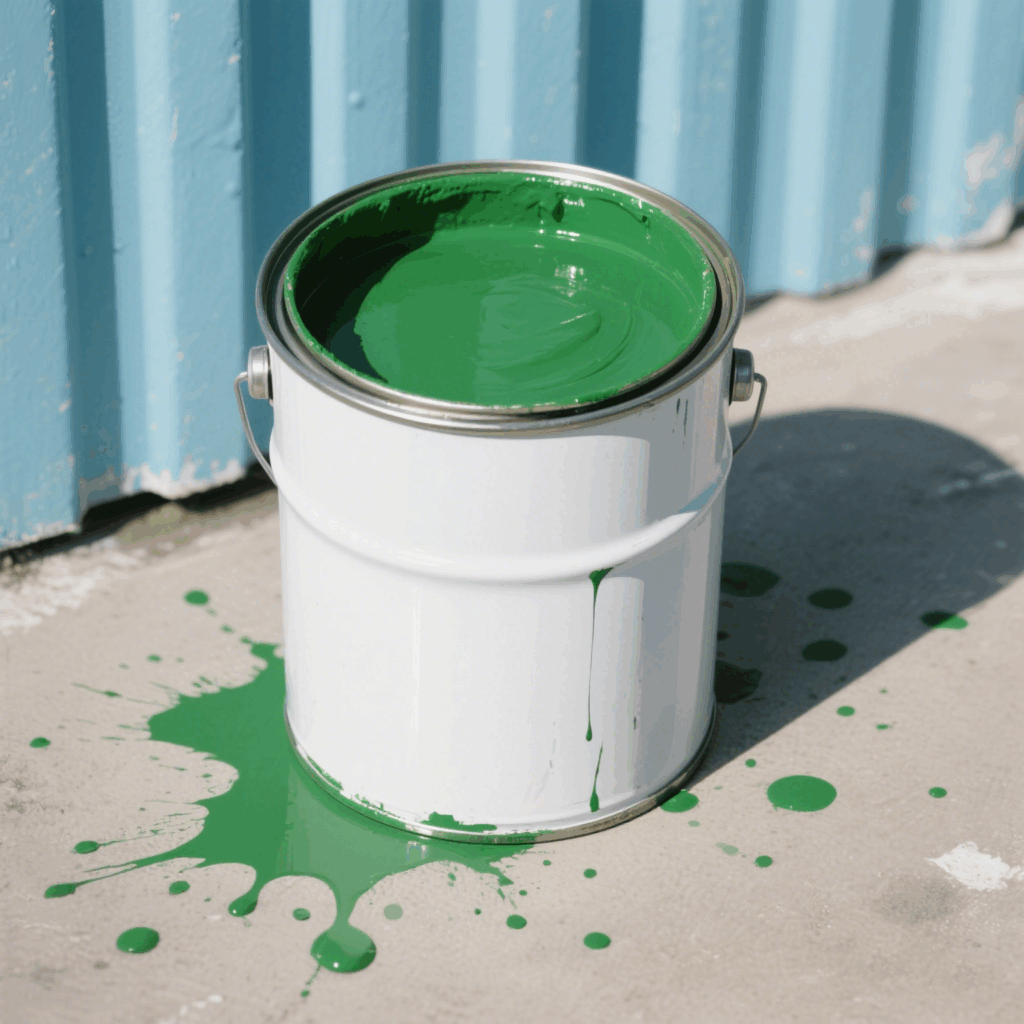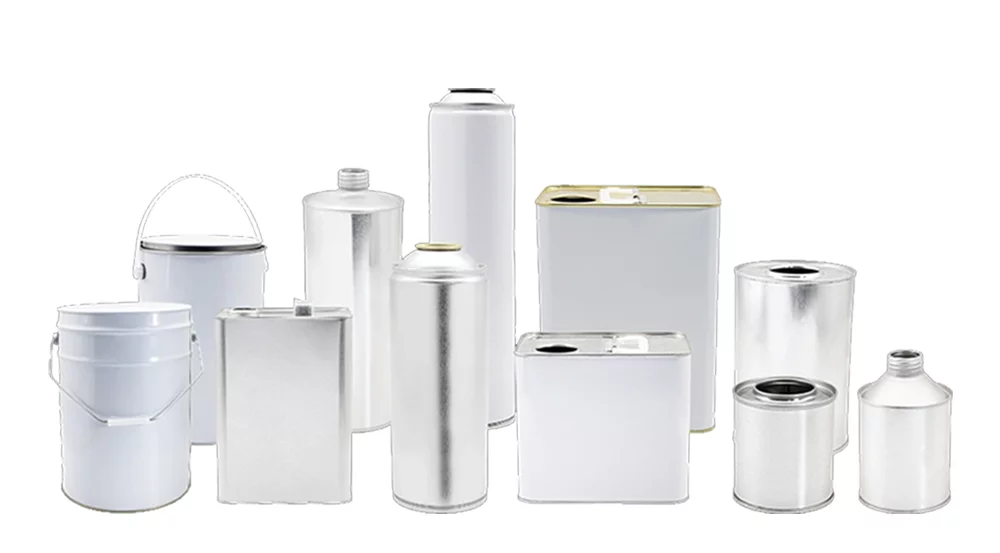Graffiti, as a street art, has gradually moved from marginal culture to mainstream, and has been accepted and appreciated by more and more people. It has transformed urban spaces into vibrant canvases. Mastering spray can techniques can unlock endless creative possibilities. Beginners should embrace practice and experimentation. Mistakes lead to growth in spray can graffiti art. Every stroke builds confidence and skills. For beginners, mastering spray can techniques is the most critical step in the creative process.
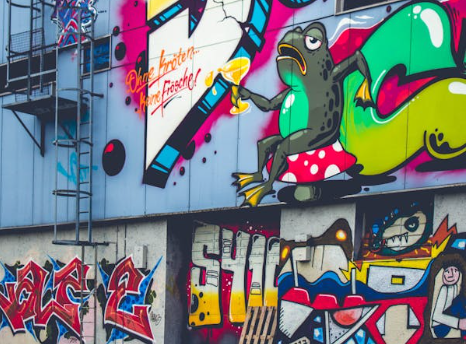
Choose the right spray can and nozzle
Different spray cans and nozzles (caps) will produce different effects. Choosing the right tool for your style is the first step to success.
Types of spray cans: There are many brands and models of spray cans on the market. Beginners can start with well-known brands such as Montana and Krylon. These brands of spray cans have stable quality and rich color options. Or contact some aerosol can manufacturers to customize their own aerosol cans.
Choice of nozzle: There are many types of nozzles, including thin line nozzles (thin caps), wide line nozzles (fat caps), soft nozzles (soft caps), enz. Fine line nozzles are good for detailing and line drawing, while wide line nozzles are good for filling large areas and background processing.
Graffiti artist Jane Smith advises: “Beginners should try different types of nozzles and understand the spraying effect and applicable scenarios of each nozzle, so that they can be handy in their creation.”
Master basic graffiti spraying techniques
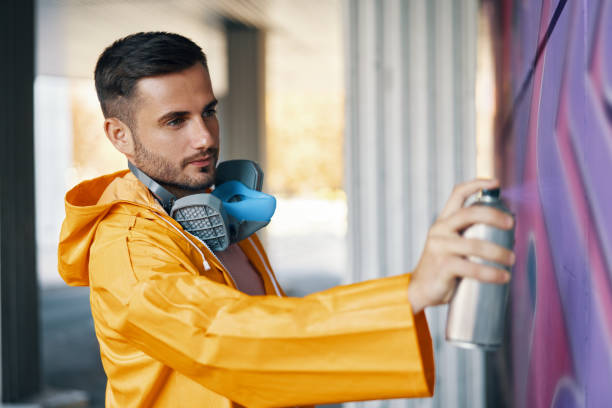
Spraying techniques are the foundation of graffiti creation, and mastering these techniques can help beginners better control the spray can.
Distance control
Keep the distance between the nozzle and the wall about 15-30 cm when spraying. Too close distance will cause paint to accumulate and drip, and too far distance will cause uneven spraying.
Movement speed
Keep the nozzle moving at an even speed when spraying. Moving too fast will fade the color, and moving too slowly will easily cause dripping.
Angle adjustment
Adjust the angle of the nozzle to the wall according to the needs of spraying, which can change the thickness and effect of the line. Lines form the backbone of spray can graffiti art. Keep the spray can at a constant distance from the surface. Move your arm smoothly to create clean lines. Practice straight and curved lines. Use a thin pen cap to depict fine details. Experiment with different pressures to achieve different line thicknesses.
Vulling
Filling adds color and depth to your graffiti. Use a thick pen cap to cover large areas quickly. Apply paint in even, overlapping strokes. Keep your hand steady to avoid dripping. Layer the color for a richer effect. Practice filling on different surfaces to master control.
Shading and Blending
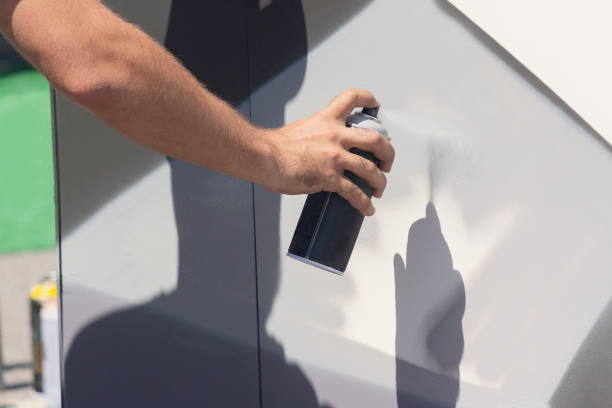
Gradients bring life to spray can graffiti art. Start with a base color. Gradually introduce a second color while spraying at a distance. Blend the two colors by moving the spray can back and forth. Adjust the distance to control the smoothness of the gradient. Practice gradients to enhance your work.
Blending colors creates a dynamic effect. Choose two or more colors. Lightly spray the first color. Introduce the second color while the first color is still wet. Blend by moving the can in a circular motion. Try different color combinations. Master blending to add depth and vibrancy.
Creating Effects
Drips and splatters add texture to spray can graffiti art. Hold the can close to the surface to drip. Let the paint flow naturally. For splatters, flick the nozzle quickly. Use a toothbrush for a finer splatter effect. Try different techniques to find your style.
Stencils and Masks
Stencils and masks provide precision. Cut the design from cardboard or plastic. Hold the stencil against the surface. Spray paint evenly over the stencil. Carefully remove the stencil to reveal the design. Use a mask to protect areas from overspray. Use a combination of stencils and masks to achieve complex patterns.
Pay attention to safety and environmental protection
When using spray cans for graffiti, safety and environmental protection are equally important.
- Wear protective gear: Wear a mask, gloves and goggles when spraying to avoid inhaling harmful gases and contact with skin.
- Choose a suitable venue: Create in a legal venue and respect other people’s property and public facilities. Many cities have legal graffiti walls where you can create freely.
- Environmental awareness: Choose environmentally friendly spray cans and paints with low volatile organic compounds (VOS) to reduce pollution to the environment
Spray can maintenance
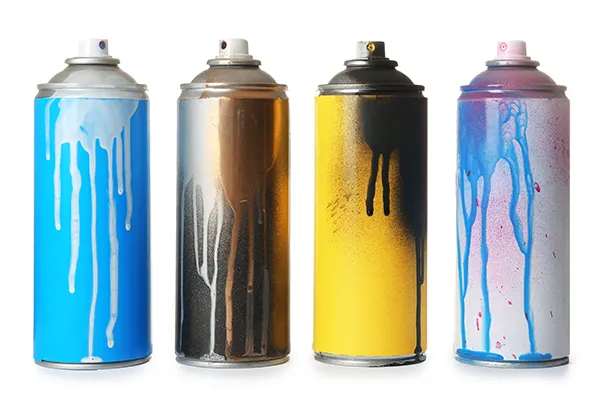
Clean the nozzle
Cleaning the nozzle ensures consistent performance. Remove the nozzle after each use. Soak it in a solvent such as acetone. Use a pin to clear any blockage. Rinse the nozzle with water and let it dry. Regular cleaning can extend the life of the spray can.
Storing spray cans
Proper storage keeps the spray cans in good condition. Store the cans upright to prevent clogging. Keep them in a cool and dry place. Shake the can regularly to mix the paint. Label the can to easily identify the color. Good storage habits maintain the quality of your spray can graffiti art supplies.
Samenvatting
Spray can graffiti art offers endless creative possibilities. Mastering techniques such as lines, fills, and gradients can build a solid foundation. Practice regularly to build skills and confidence. Experiment with different nozzles and surfaces to find your unique style. Enjoy the journey of becoming a graffiti artist. View mistakes as learning opportunities. Get involved in graffiti communities and events to get more professional advice and support, and keep pushing the boundaries of spray paint graffiti art. Your dedication will turn urban spaces into vibrant canvases.















